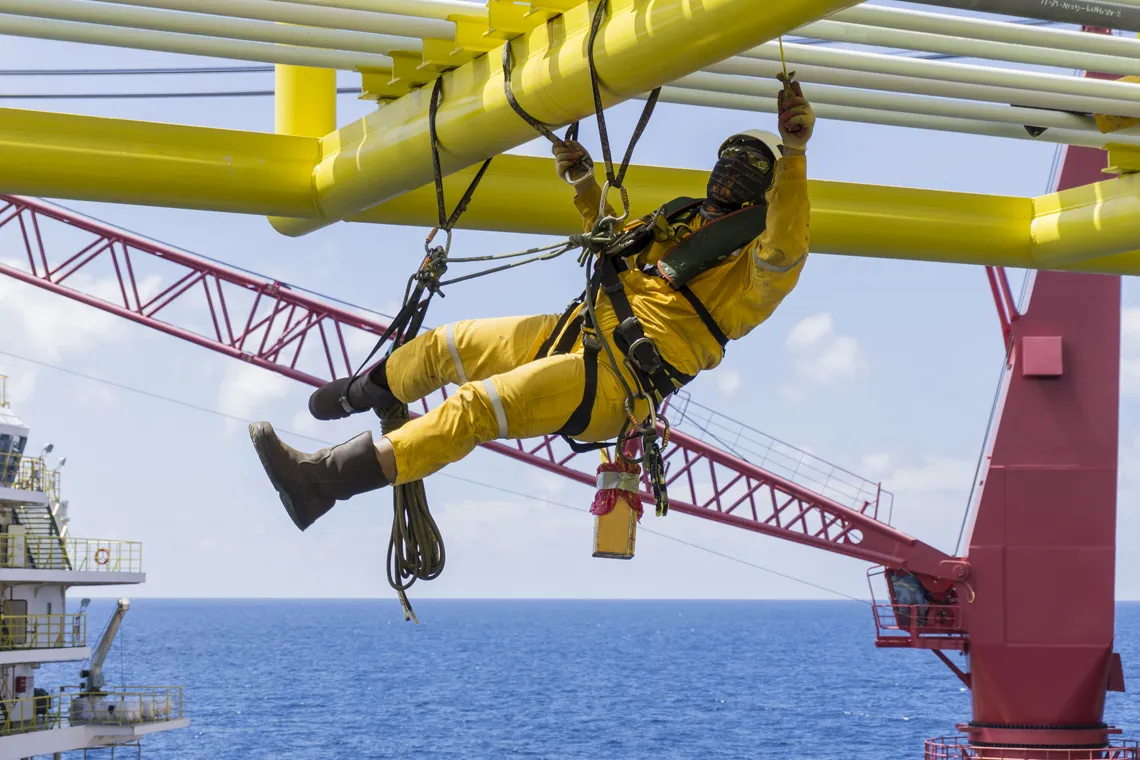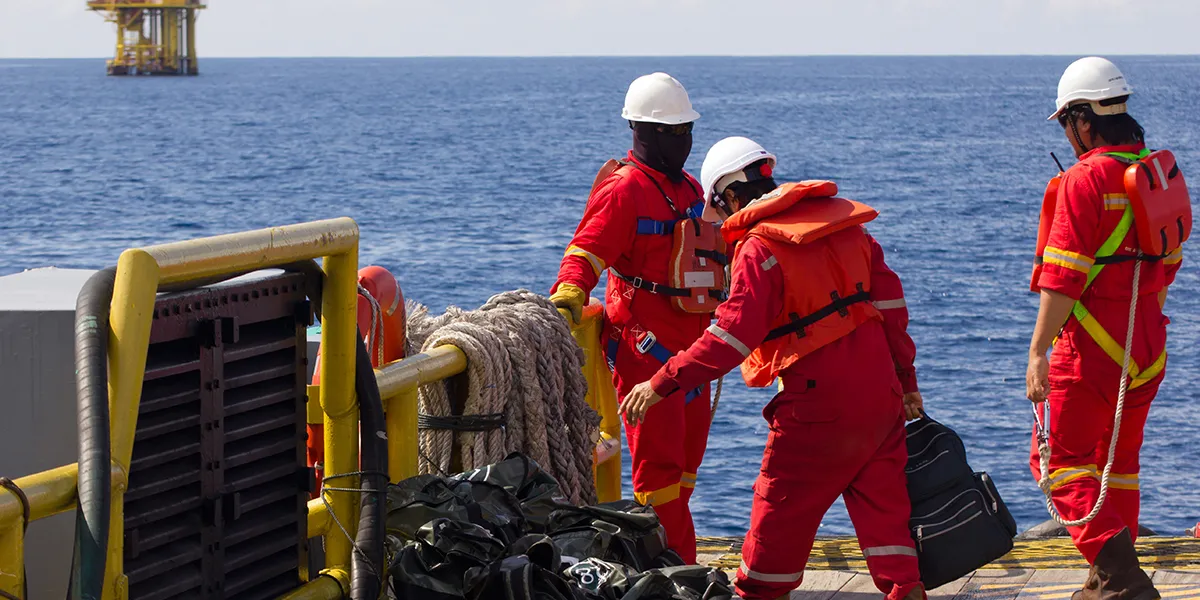Bodytrak Significantly Improves Worker Health and Wellbeing – and Reduces Costs

Can Bodytrak support field workers in utilities and energy?
How does Bodytrak protect workers in high risk environments like mining or oil and gas extraction?
Can Bodytrak limit hearing damage caused by noisy environments?
How does Bodytrak help construction and lone workers?
How can Bodytrak help long distance drivers in road and rail?
So, can Bodytrak drive longer term cost savings?
Introduction
Industrial workforces are inherently exposed to risk. While health and safety standards continue to improve, mitigating dangers cannot be comprehensive. With workforce health and wellbeing a constant threat, costly insurance premiums and hefty fines are a reality, worker safety is an incredibly complex and ever evolving problem for health, safety, environmental and quality managers to solve.
Bodytrak has been specifically designed to help address some of these challenges by reducing worker risk and mitigating severe injury or illness. Bodytrak is a precision, in-ear system that detects physiological abnormalities in real-time, allowing for faster intervention and preventing the chance of rapid health decline. Over time, Bodytrak can create cost saving as organizations can reduce the billions that is lost on fines, insurance premiums, litigation and long term sickness absence and lost productivity each year.
Find out how Bodytrak can help your organisation’s health and safety processes and operations and reduce costs – contact us now today to arrange a meeting.
For workers across a range of industries – from transport and logistics to construction, oil and gas, mining, energy and utilities – health and safety risks are part of everyday life. Common hazards in a typical industrial workplace may include: working from height, movement of vehicles, personal protective clothing causing heat stress, operational noise from plant machinery, and slips, trips, and falls. There are also risks associated with external environments, such as elevated temperature and confined and poorly ventilated surroundings.
Impact on health
These conditions can impact each individual worker differently, potentially leading to: excessive physiological strain (PSI), temperature-related injuries (hyper- and hypo- thermia), cardiac strain, falls, reduced levels of consciousness, extreme fatigue, high levels of noise exposure, and other long term medical conditions.

How can Bodytrak help?
While health and safety standards are continuing to improve, mitigating all risks and dangers that workforces face cannot be comprehensive. Bodytrak has been developed specifically to help health and safety professionals protect workers from injury, illness or worse. Bodytrak, which sits unobtrusively in the ear, tracks a range of vital signs accurately and in real time. If an abnormality is detected, a real-time, automated audio and visual alert is sent from the device to a remote control centre so that health and safety managers can ensure the appropriate intervention is implemented quickly, resulting in either the prevention of a major injury or faster treatment from a fall while also saving costly resources.
Can Bodytrak support field workers in utilities and energy?
Field workers are exposed to a range of risks at different and often remote locations throughout their working week. Bodytrak measures multiple vital signs all at once, including core body temperature (CBT), heart rate, heart rate variability, and volume of oxygen consumed. Even slight variations in these signs can indicate a stress injury or health risk, so early warning is essential to reduce the likelihood of serious health risks. Bodytrak can be worn by operatives in the field and any detected abnormalities in their vital signs are remotely reported to a central control centre, even where there is limited phone signal.
How does Bodytrak protect workers in high risk environments like mining or oil and gas extraction?
Exposure to extreme environments like confined, overly hot, or fume-filled environments – which are likely within the oil and gas industry – can take its toll on the body. Heat stress, for example, can lead to heat exhaustion, dehydration, delirium, or in the worst cases, hyperthermia, and, if left untreated, heat stroke, or even death. Heat stress can also be caused by certain personal protective equipment (PPE) that doesn’t allow for sufficient airflow around the body. These sorts of heat related injuries cost the industry over $21 billion globally per year. By monitoring for changes in core body temperature, along with other vital signs, Bodytrak automatically indicates when workers are at risk of heat stress.
Can Bodytrak limit hearing damage caused by noisy environments?
Noise induced hearing loss (NIHL) following regular exposure to excessive noise from machinery or plant equipment is becoming a commonplace concern, and costing industry $115 billion, before litigation. Current hearing protection devices, such as large ear defenders, are effective when worn, but they compromise situational awareness for the wearer. Bodytrak integrates hearing protection requirements with audio communications, providing a continuous barrier to loud noise and the ability for the wearer to hear someone talking next to them without having to remove the earpiece.

How does Bodytrak help construction and lone workers?
The three biggest safety hazards on construction sites are excavations, working at height and movement of vehicles and plant machinery. HSE reported 27 construction worker deaths at work last year, with the majority of those attributed to falls from a height or vehicle accidents. Bodytrak tracks impact / fall / inactivity metrics, which is especially important for lone workers, where acute injuries and illness often go undetected for longer periods of time before an alarm is raised. Also, abnormal heart rate readings could detect fatigue or stress, which frequently leads to severe injury, especially when operating machinery, or vehicles.
How can Bodytrak help long distance drivers in road and rail?
Health risks for long distance drivers are well documented, and falling asleep at the wheel is a top concern for transport and haulage organizations. Bodytrak can help by detecting sudden changes to posture and body position, including sleepy head nods, creating an audio and visual alert to the driver and a central control centre so that the driver can be told to rest.
So, can Bodytrak drive longer term cost savings?
In the longer term, Bodytrak can help improve worker health and wellbeing overall, and perhaps reduce the risk of injury as well as reduce the costs of fines, compensation, lost productivity or long term sickness absence, private litigation and even insurance premiums.
Forward thinking organizations are already implementing new technologies like Bodytrak as part of their health and safety management system or risk safety strategies. The automated and intuitive experience of an in-ear device means minimal training is required for each worker, resulting in high adoption rates.
Given the complexity of health and safety sector, a single in-ear device that can monitor the wellbeing of every individual on a site at any given moment is a significant breakthrough, and a cost effective one at that.
Find out how Bodytrak can help your business prevent health and safety risks and reduce costs by arranging a meeting or a call.




